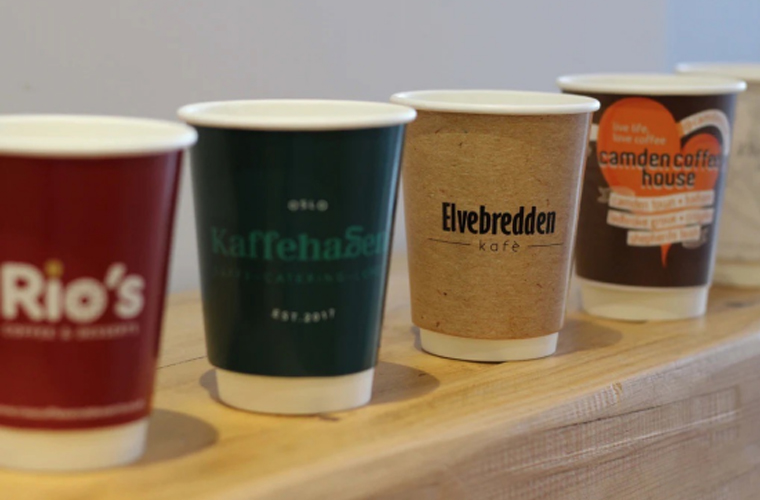Exploring Chinese Food Packaging Tradition Meets Modernity
Chinese cuisine is celebrated worldwide for its rich flavors, diverse ingredients, and vibrant presentations. However, the allure of Chinese food extends beyond the dishes themselves and into the realm of packaging. Packaging plays a crucial role in the culinary experience, serving not just as a means of protecting the food but also as a canvas for cultural expression and innovation. In this article, we will delve into the evolution of Chinese food packaging, exploring its traditional roots and modern adaptations.
Traditional Chinese Food Packaging
Historically, food in China was packaged using materials that were readily available and environmentally sustainable. Bamboo, paper, and clay were commonly used to create containers for various types of food. Bamboo steamers, for example, are not only functional for cooking dim sum but also serve as an iconic representation of Chinese culinary traditions. These steamers allow for even cooking while retaining moisture, ensuring that the food remains fresh and flavorful.
Moreover, the use of vibrant red and gold colors in traditional packaging symbolizes good luck and prosperity, reflecting the cultural significance of food in Chinese society. During festive occasions, foods like mooncakes and dumplings are often presented in beautifully designed boxes adorned with intricate patterns and calligraphy, transforming them into gifts that convey goodwill and auspicious wishes.
Modern Influences and Innovations
As global influences permeate every aspect of life, the Chinese food packaging industry has seen substantial innovation while maintaining its cultural essence. With the rise of fast food and takeout culture, there has been an increased demand for practical and visually appealing packaging. Companies now utilize materials such as biodegradable plastics and recyclable papers to create packaging that meets contemporary sustainability standards.
For instance, many restaurants now use eco-friendly takeaway containers that not only preserve the quality of the food but also resonate with environmentally-conscious consumers. These containers often feature artistic designs that celebrate Chinese heritage, merging functionality with aesthetics.
Additionally, modern Chinese food packaging employs advanced printing technologies, allowing for high-quality images and vibrant colors that attract customers. From ornate designs for fine dining establishments to sleek, minimalist packaging for quick-service eateries, the aesthetics of food packaging have become an important marketing tool. Many consumers are now drawn to visually appealing packaging, which can significantly influence their purchasing decisions.
chinese food packaging

The Role of Technology
The integration of technology into food packaging has also made a significant impact on the Chinese culinary landscape. Innovations such as vacuum sealing and modified atmosphere packaging extend the shelf life of food products, ensuring that flavors and textures remain intact during transport and storage. This technology has been particularly beneficial for the export of Chinese delicacies, allowing them to reach international markets without compromising quality.
Moreover, smart packaging solutions featuring QR codes are becoming more prevalent in the food sector. These codes allow consumers to access information about the food’s origin, nutritional value, and preparation methods, catering to a more informed and health-conscious clientele.
Cultural Representation and Globalization
In the age of globalization, Chinese food packaging has also begun to reflect a blend of cultural influences. As Chinese cuisine continues to gain popularity across the globe, its packaging is evolving to cater to diverse consumer preferences. For example, fusion products that combine traditional Chinese flavors with Western concepts are often showcased in packaging that appeals to a broader audience.
Furthermore, international markets are becoming increasingly receptive to packaging that tells a story. Brands are leveraging their packaging to communicate their cultural roots, utilizing illustrations and narratives that capture the essence of Chinese cooking and the values associated with it, such as family, hospitality, and celebration.
Conclusion
In conclusion, the packaging of Chinese food is a fascinating interplay between tradition and modernity. It serves not only as a functional component of the culinary experience but also as a reflection of cultural heritage and innovation. As the industry continues to evolve, it will be exciting to see how Chinese food packaging adapts to meet the demands of consumers while remaining true to its rich traditions. The future of Chinese food packaging promises to be as flavorful and diverse as the cuisine itself, continuing to enchant lovers of Chinese food around the world.



